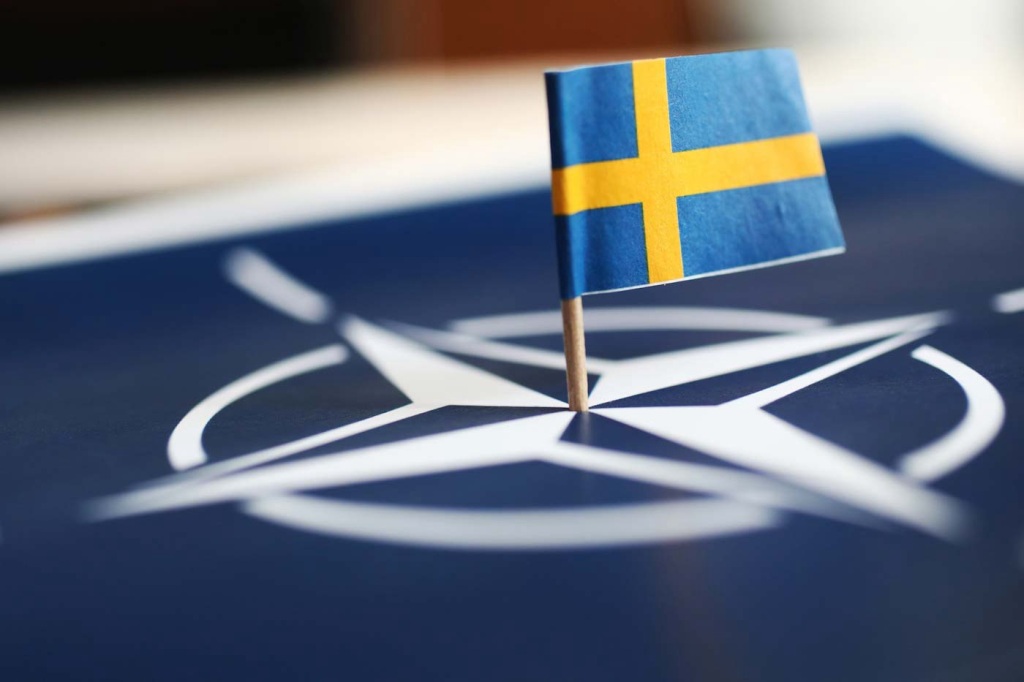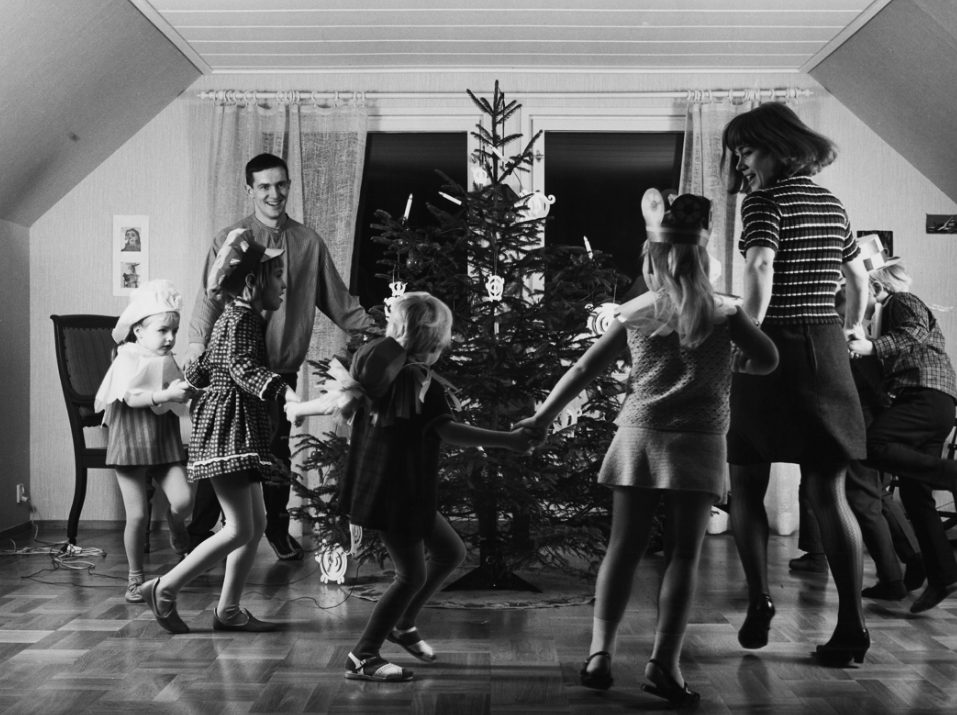
A massive amount of snow has landed in Sweden, so I thought it’s worth sharing this list again.
Not surprisingly when living in a country where it snows a lot, people start to see differences and nuances in the type of snow, whereas in English the word might just be an unsatisfactory ‘snow’.
The Swedish language makes it easy to join words together to describe these nuances.
Here is a list of 50 Swedish words related to snow.
1) Blötsnö – wet, slushy snow
2) Drivsnö – snow that is blown into troublesome snow drifts
3) Aprilsnö – snow in April, according to superstition, signifies plenty of food for the coming season
4) Hårdsnö – compacted hard snow
5) Konstsnö – artificial snow
6) Kramsnö – squeezy snow, perfect for making snowballs
7) Julesnö – snow at Christmas
8) Klabbsnö – wet, warm snow for building snowmen
9) Kolsyresnö – frozen carbondioxide
10) Kornsnö – small white snow breadcrumbs
11) Lappvante – thick, falling snow
12) Lössnö – snow that can loosen and be dangerous
13) Majsnö – surprising and unwelcome snow in May
14) Modd – snow that has partly melted due to salt
15) Natursnö – real snow (as opposed to artificial)
16) Nysnö – fresh snow, crisp and white
17) Pudersnö – powder snow
18) Rekordsnö – an unusual amount of snow, breaking previous snow records
19) Slask – slushy snow mixed with rain and dirt on the ground
20) Snö – snow
21) Snöblandat regn – snow mixed with rain
22) Muohta – the Sami word for snow (it is said the Sami actually have 200 words for snow!)
23) Snörök – faint particles of snow that look like smoke
24) Yrsnö – snow being whipped around by the wind in all directions
25) Åsksnö – snow that pours down during a thunder storm
26) Snökanon – the word for the snow canon that creates artificial snow on ski slopes has also come to mean a sudden blast of snow that suddenly hits a place, and feels like snow has been dumped on you.
27) Jungfrusnö – virgin snow
28) Snösmocka – a huge amount of snow
29) Snötäcke – snow on the ground
30) Sjösnö – snow over the sea that can roll in over land
31) Snöfall – snow in the air
32) Flingsnö – snow with larger crystals
33) Skarsnö – a crispy surface on a blanket of snow
34) Packsnö – thickly packed snow
35) Pärlsnö – snow like small pearls that hurts when it hits your face
36) Snöglopp – wet snow mixed with rain
37) Spårsnö – snow that allows footprints to be formed
38) Fjöcksnö – a light, fluffy snow
39) Flister – snow the consistency of salt that stings the face when it falls
40) Flaksnö – a sheet of snow
41) Upplega – snow on the upper side of a tree branch
42) Firn – liquid-like snow that can initiate an avalanche
43) Fimmel – sandy snow that falls at low temperatures
44) Själja – a thin layer of ice on top of the snow that resembles glass
45) Knarrsnö – crispy snow that creaks when you walk on it
46) Snöfyk – wet snow
47) Torrsnö – dry snow
48) Månsilver – a poetic word to describe the dusting of snow
49) Snöis – snow on cold water that forms an icy solid surface
50) Stöp – a mixture of snow and ice resembling porridge that forms on top of cold water
So, let it snow! Let it snow! Let it snow!












